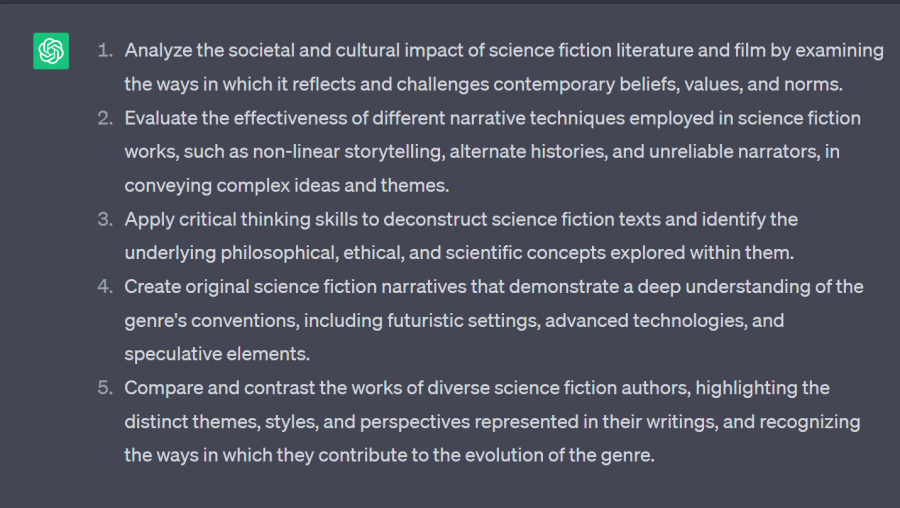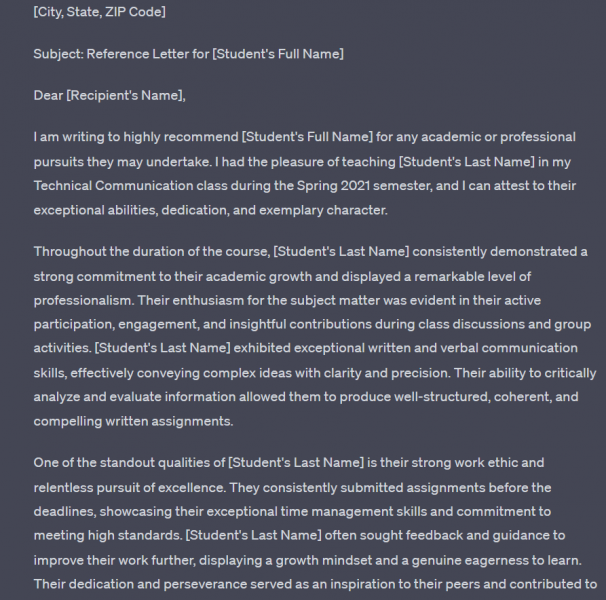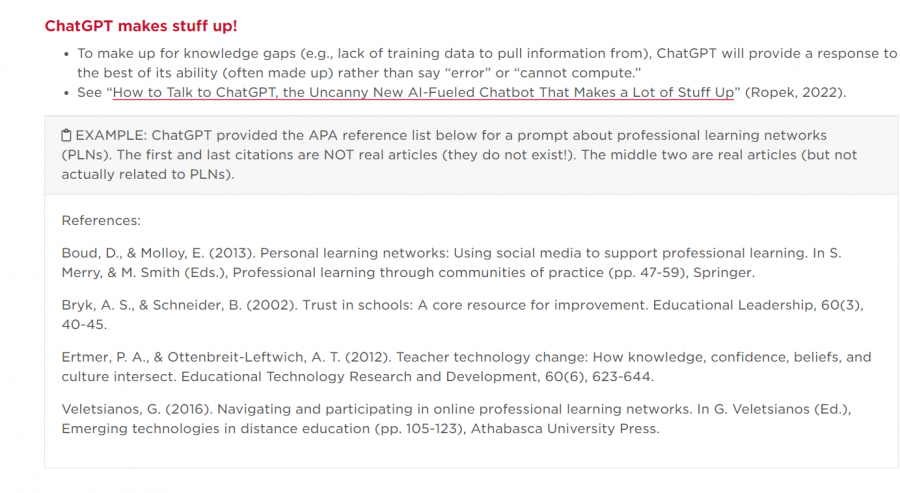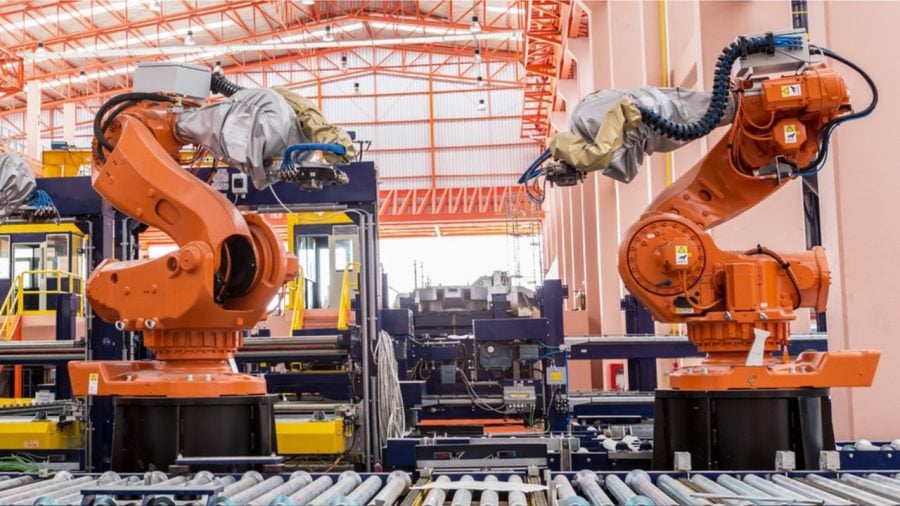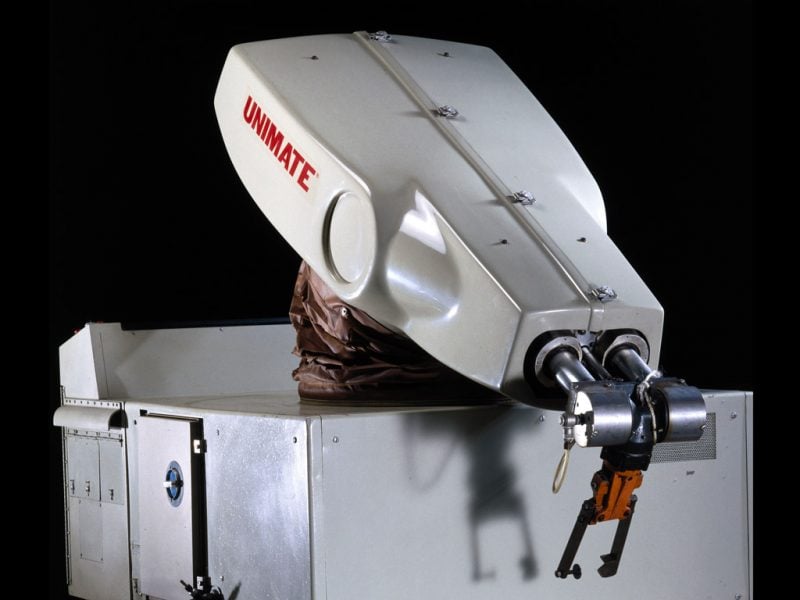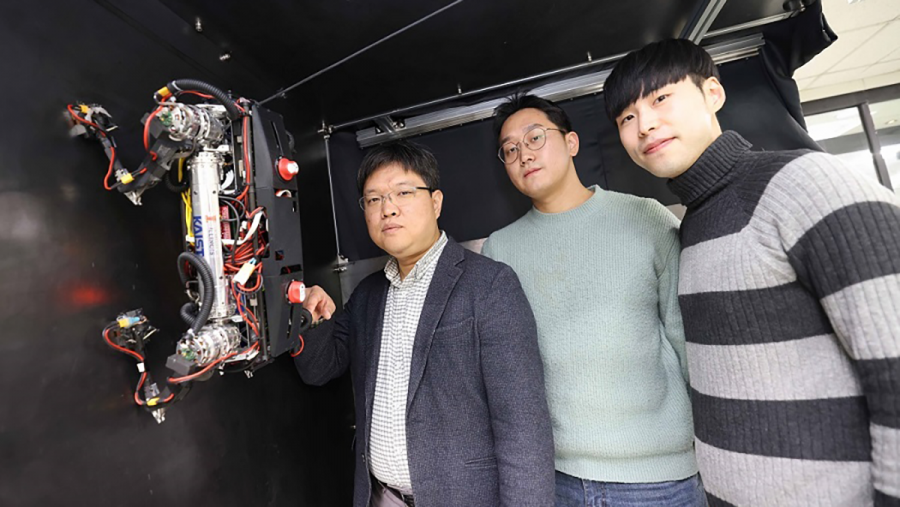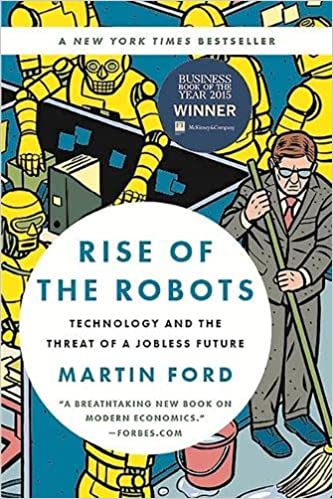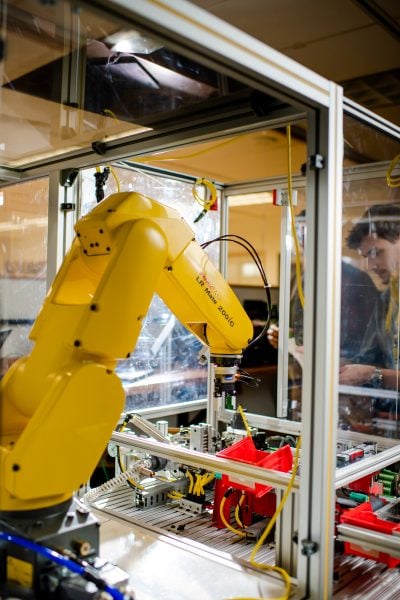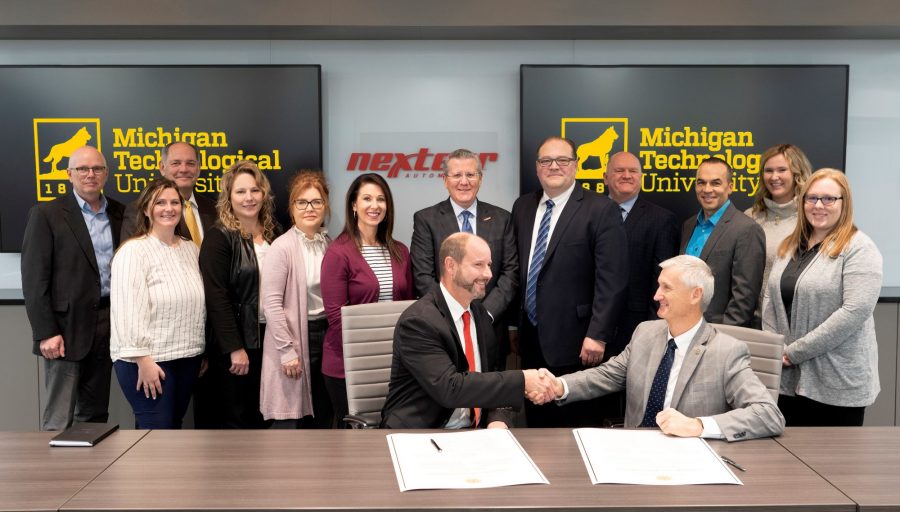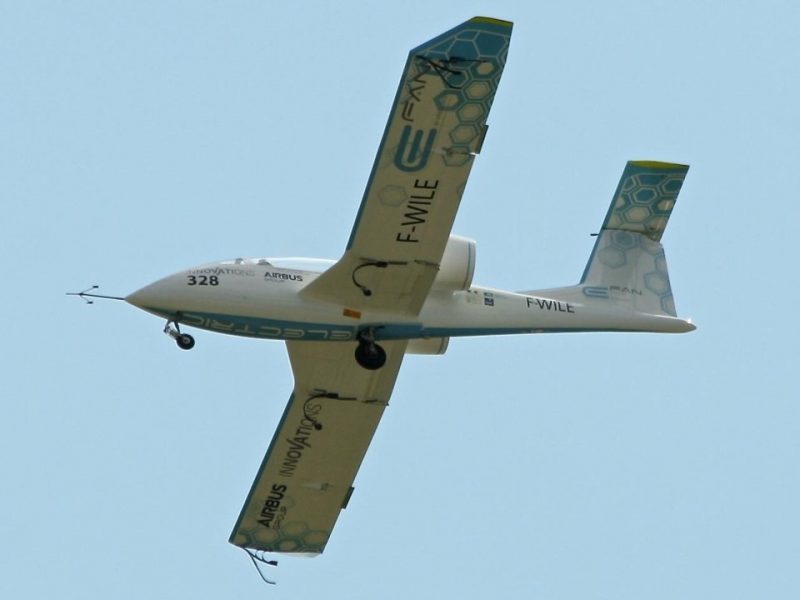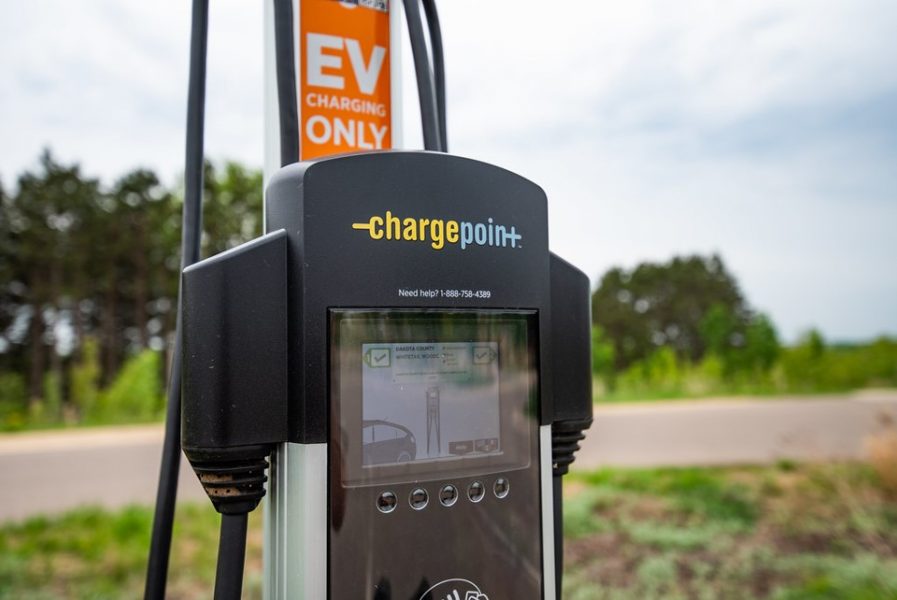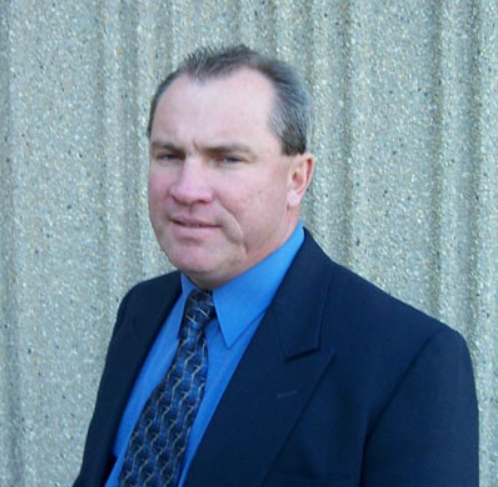
Global Campus is proud to welcome Brian Hannon (‘88), former MTU hockey star and long-time coach, as a part-time member of our team.
Currently Director of Strategic Partnerships and Alliances for the Keweenaw Research Institute, Hannon will be offering his expertise to GC for a few days a week.
Getting His Start at Tech
Born in 1965 in Clinton, NY, Hannon set season and career scoring records at Clinton High School. Michigan Tech quickly noticed his talent, putting Hannon to work as a sponsored student athlete in 1983, where he played hard for the university until 1988.
There were several other successes along the way. For instance, in 1983, he was named to the Lansing State Journal CCHA All-Rookie team and the GLI (Great Lakes Invitational) All-Tournament Team.
And in 1984, he was selected to play for the 1985 United States Junior Team in Helsinki, Finland. He performed extremely well, ending up as the 3rd leading scorer for Team USA.
An 1985 article from the Winter Carnival edition of The Lode praised his skills:
Several young players have made their presence known, too. Freshmen Center John Archibald and sophomores Brian Hannon (right wing), and Don Porter (left wing), have been big scorers both in goals and assists. Their game intensity, team work, and explosive styles promise to give Tech some big victories in the next few years
Although an injury forced Hannon out of action in 1985-1986, he returned in full form for the 1986-1987 and 1987-1988 MTU seasons. In these seasons, he scored, respectively, an impressive 37 and then 47 points. During these years, he also had several honors. For instance, he was an Assistant Captain, a WCHA player of the week, and a member of the WCHA all-academic team.
In other words, Hannon was a bonafide star for MTU. In fact, he ended his career as the all-time American-born leading goal scorer in Huskies Hockey History and the tenth highest scorer overall.
Turning Pro
After graduating from Tech, Hannon brought his talents to professional hockey in ten different hockey leagues, primarily playing in Germany from 1990-2001.
Several of these years were spent playing for the Bundesliga/DEL, a German elite hockey league in operation from 1965 to 1994.
In 1988-1989, his team, the Carolina Thunderbirds, won the Kelly Cup in the ECHL (East Coast Hockey League). In that same season, Hannon scored a whopping 67 points.
For many of these teams, he also took on the responsibility of assistant coach.

Thereafter, Hannon hung up his professional hockey skates.
But he didn’t take a break for long. Coaching and hockey continued to call him. In 2002-2003, he worked as Head Coach for the Springfield Spirit before bringing his talents a little closer to home as Volunteer Assistant Coach for the Finlandia Lions from 2004 to 2023.
This is just a summary of his career.
So, I asked Brian some questions and let him do the talking.
Remembering His Time at Michigan Tech
What is your favorite memory of playing hockey and being a student at Tech?
There is not just one. I fondly remember my teammates (they were a very diverse group), the Greatest PEP Band in the Land, the fans, the GLI tourney, and the Winter Carnival, of course, which is the best festival on any college Campus!
What was it like being an MTU student back in the 1980s?
I think the biggest difference is that we were on trimesters and on an accelerated summer track. Now there is a Fall and Spring term with a summer session and the students get out around the end of April. But we stayed until almost the end of May. I totally understand the reasoning for the change and feel that MTU has always evolved with the students’ best interests in mind. Also, we didn’t have today’s technology, so you had to go to class and retain what you were learning by getting your work done and studying hard. We relied a lot more on study groups and projects that were more apt to have group or team concepts.
Making Memories in Germany
So, I noticed you played hockey in Germany for a long time. So many games, too! And goals. Can you speak about your experience of playing hockey in Germany. That is, what was it like? What did you enjoy about it?
I had a great experience and still have great memories about my time in Europe. Truthfully, I decided to go to Germany because I wasn’t good enough to make it to the NHL; I mean, I wasn’t big enough for the style of game played during that generation. (Author’s note: in the 1988-1989 season, Brian Hannon was 5’10” and 180 pounds. In that season, the NHL’s top scorer was not, in fact, Wayne Gretzky, but Mario Lemieux, who stood 6’4″ and weighed in at a whopping 229 pounds.)
However, I was fast-skilled and could definitely score. The bigger ice rink in the European leagues was an advantage for me and my particular skill set, which was more in tune with the European game. Initially, I saw hockey as a vehicle to travel and experience the world before getting back to living a traditional life. But that decision actually turned into a pretty fun, long, and amazing career that I wouldn’t change for anything.
While in Germany, I was able to learn a new language and immerse myself and my family into a different culture. The friendships made there are also lifelong. I still have teammates that come to visit me here. And now that my son, Connor, is playing professionally in Germany (defense), I’ve had the opportunity to reunite with some of those same folks. Most of all, I was lucky enough to play on some great teams and win a few championships, which create bonds that you have for for life.
Learning Life Skills Through Hockey
Hockey has been a significant part of your life. Beyond the physical skills, what else can people learn from/through hockey?
No matter who you talk to, hockey is all about the people. It doesn’t matter if they’re your family, teammates, coaches or fans; the people are the ingredient that make the game so enjoyable, so worth playing.
From the first day I stepped on Michigan Tech campus as a student athlete, I quickly learned that no matter how many goals I scored or how well the team was doing, I was responsible for getting good grades and remaining in good academic standing. I think any current or former MTU student athlete will tell you the same thing. Because of the time you miss away from campus for travel to games, practice time, etc., you really learn to manage your time and prioritize your schedule. It takes a lot of work and planning to achieve your academic and athletic goals.
Obviously a team sport requires teamwork, but it also requires leading by example, committing to excellence, and devising a strategy to reach group goals. Looking back on those championship teams, I remember that everyone was playing for each other. Everyone was sacrificing individual success for the good of the group and invested in each other’s well-being. That’s why we were able to achieve our team goals. We were a family! Beyond these skills, hockey also taught me the importance of being self-disciplined and motivated enough to stick with a process until the end.
Returning to the Upper Peninsula
You were born in New York, spent several years living in Germany, but returned to the UP. What drew you back to the Upper Peninsula?
I would say that I never really left the UP. I would say I put down roots right when I started playing hockey in 1983. And then when I graduated on May 22, 1988 and married my wife, Pam, on June 17, those roots grew deeper. (She was also a Michigan Tech student from Houghton.) And even when I started my Pro Hockey career in September, 1988, I was still here for the summers.
Let me explain. Well, during my playing years, the summer usually begins at the last game of the season. That’s about a 4-month period where we didn’t compete, but we trained. So as a student and as a professional athlete, I would stay up here during the summer and train. Remember that 40 years ago, there weren’t many ice arenas in New York state, especially those with ice during the summer months! But Michigan Tech had ice to skate on and other world-class facilities to use.
Those years were wonderful; I could train with my former Huskies, golf, fish, relax, play baseball, work at the hockey school, visit family and friends. So it was a natural when one summer, I bought some property here. At that moment, we made a decision for our children’s future. Next thing, I am building a house with my father-in-law knowing that one day, when my playing days were over, we would raise our family here.
Sharing His Talents
You just mentioned hockey school. What has been your involvement in Summer Youth Programs at MTU?
I am proud to say that I am currently the longest serving on-ice summer youth hockey instructor in the history of MTU Hockey School. I began coaching at the hockey school after graduating in 1988 (old NCAA rule where we couldn’t coach while being a student) and have worked at least one week during every summer since. That is 33 years. It would have been 35, but one year they put a new compressor system in and there was a pause because of COVID.
I’ve always enjoyed coaching, passing on what I know to the next generation. And the kids are great! I am pleased that several of the youth I coached went on to play college or professional hockey. A great example is Hancock-born Michigan Tech’s former standout Tanner Kero, who is currently with The Texas Stars.
It is delight to see many of my corporate alumni contacts bringing their children to this camp, as well as other other great sports or stem-related summer youth programs offered at MTU.
Forging New Partnerships
Vice President for Global Campus and Continuing Education David Lawrence praised you for having impressive connections with Tech Alumni and with local industry. Can you speak more about these? How do you plan to leverage these for Global Campus?
I’ve had over 40 years of being associated with both the Michigan Tech brand and MTU initiatives. For instance, I was involved with the Youth Engineering and Science (YES) Expo. YES evolved into MTU’s nationally acclaimed Mind Trekkers program.
Overall, in various roles, I have had the great pleasure of meeting, interacting, and partnering with our Michigan Tech Alumni and friends, especially in the corporate world. I’ve also made a lot of connections with industry leaders who have relationships with Tech. As a result, I have quite a bit of experience navigating the cultures of various organizations. I am hoping to leverage my skills and contacts to reach out to both alumni and MTU corporate partners to introduce them to Global Campus.
We’re still growing our online offerings, I know. But I think I am well suited to listen to the needs of organizations and connect them to the best MTU online program, project, professional development, and continuing education. I’m just getting my feet wet learning about all our initiatives, such as our role on the Semiconductor TAT, but I believe I can be of value to the team.
Promoting the KRC and Michigan Tech
Along with Global Campus, I am proud, of course, to be a part of the multidisciplinary, Keweenaw Research Center (KRC), which is the UP’s best secret. This center is active across a broad spectrum of vehicle development. KRC also maintains more than 900 acres of proving grounds, specifically developed for the evaluation of ground vehicle systems. For instance, one of our main partners is the Department of Defense, so there are usually very tight security measures in place. Unfortunately, because of our work with DoD, I can’t say too much about my role at the KRC.
I’d like you all to know that on August 4, 2024, Alumni and interested public will be able to experience this amazing research center. As part of the Alumni Weekend, the KRC will be celebrating its 70th anniversary with its very first open house.
I’ll end by saying that I have been very lucky to have a great mentor in Jay Meldrum, whom I continue to work with. Now the Director of the Grand Traverse Area Initiative, he had a wealth of industry experience long before his career in academia. He instilled in me that if I am involved with a certain project, but there is no synergy for the potential partner, don’t give up. Find a way. That is, find out what they are interested in and reach out to a different campus group, program, or project and make a new connection, forge a new partnership.
Because at the end of the day, we all play for Michigan Tech.


